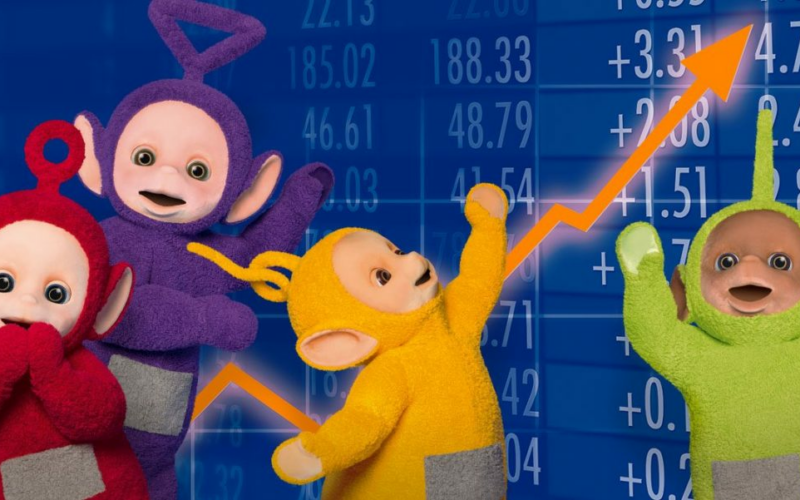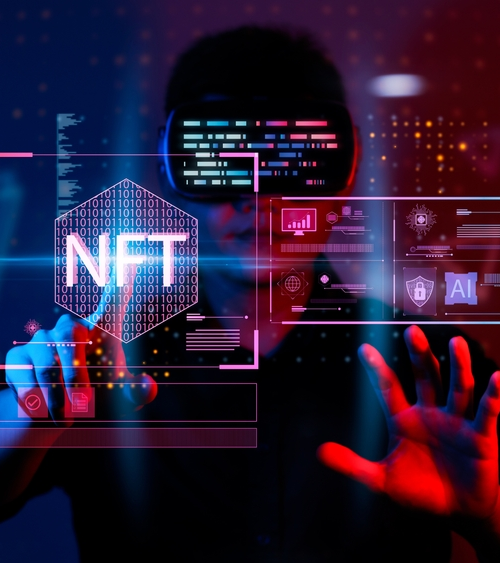Troy Warren for CNT #NFT
NFTs have gone from being a fairly esoteric concept only familiar to those in the cryptocurrency world to a term hanging by the lips of almost everyone in 2021 – even garnering a spot on popular late-night comedy showcase SNL – Saturday Night Live.
NFTs have redefined what it means to own digital items, and in more recent times, redefined the creator economy for creatives in a plethora of fields. It has entered the mainstream in many unexpected ways, with celebrities like Paris Hilton, The Weekend, and even your childhood tv show characters, the Teletubbies, cashing in on the crypto/NFT hype. But how exactly did NFTs become this popular?
We’re taking a dive into the past and recalling the rise of NFTs, a glimpse into the brief history of NFTs and how they came to be:
Colored Coins
From 2012 – 2013, the world saw the first iteration of NFTs with the genesis of Colored Coins (CC). Derived from Bitcoins, they were viewed only as small denominations, with use cases that included property, coupons, and subscriptions. Shifting the capabilities of Bitcoin, CCs led the way for other applications to be developed, like Counterparty.
Counterparty
Counterparty was dedicated to creators, allowing them to come up with their own digital tokens. As a P2P platform, it enabled creators to create custom-named assets that could not be exchanged.
Spells of Genesis
The creators of Spells of Genesis wanted to combat the spread of counterfeit versions of character cards and came up with a blockchain-based trading card game that allowed players to determine the authenticity of character cards.
Rare Pepes
Rare Pepes (RP) was an internet meme that grew in popularity across platforms like Myspace, 4chan, and Tumblr, achieving cult status in 2015 as one of the most popular memes used in the world. It’s popularity proved infectious as it proliferated on Counterparty and Ethereum. So much so that a Rare Pepe Directory was warranted in order for experts to certify the rarity of one. This information would be handed down to Pepe wallets, to further prove the legitimacy of an RP.
CryptoPunks
Currently the highest-priced NFT collectible, with a recent sale to Visa at $150,000. Released in 2017 by Larva Labs as a series of 10,000 24 X 24 bit images on Ethereum, these pixel art-punk characters have not lost steam. They started off as free items, but the prices of a CryptoPunk have since skyrocketed, raking in lofty millions.
CryptoKitties (CK)
CryptoKitties came shortly after CryptoPunks, released in 2017 by Dapper Labs. It was a blockchain-based virtual game developed on Ethereum that allowed players to purchase, collect, breed, and sell virtual cats. Users would buy and sell CryptoKitties, play games, and even breed cats to unlock different traits. CK gave rise to the spread of NFTs and greater public consciousness.
You can say that the Mintable platform only came to be because of the release of CryptoKitties. Zach Burks, the founder, and CEO of Mintable’s love for NFTs grew from CryptoKitties, being one of the firsts to make money with CK.

What’s Next?
NFTs have come a long way in their short lifespan since 2012 but have already expired their status as just a digital trend. Mintable itself is continually growing, learning from our community, and adapting to the many changes in the market. Since launching our alpha, then our beta in 2019 to 2020, we’ve had thousands of users join our platform, and we’ve helped creators turn their passions into careers, and many others harness the power of NFTs for their own business and passions outside of art. As the popularity of NFTs grows, so will its uses, and time will tell of the benefits that will come with its exponential growth.
For a more extensive history of NFTs, visit Andrew Steinwold’s Medium article, The History of Non-fungible Tokens (NFTs).
In Other NEWS



































